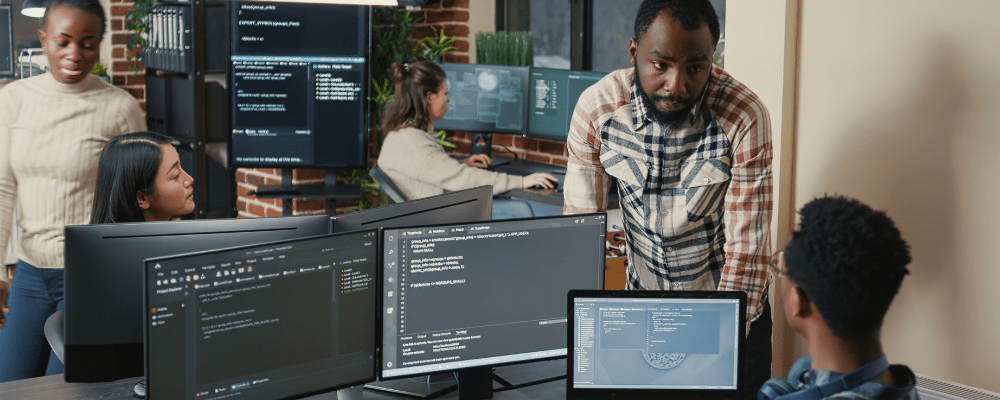In the ever-evolving digital security landscape, tech experts must stay one step ahead of cyber threats. This blog explores the vital role of Cyber Threat Intelligence (CTI) in fortifying your organization’s defenses against cyberattacks.
Understanding Cyber Threat Intelligence:
Cyber Threat Intelligence, often called CTI, refers to collecting, analyzing, and disseminating information about potential cybersecurity threats. This actionable knowledge enables organizations to proactively defend against cyberattacks, making it an indispensable asset for tech professionals.
The Importance of CTI :
In today’s interconnected world, cyber threats’ sheer volume and complexity necessitate a strategic approach to cybersecurity. CTI provides tech experts with valuable insights into emerging threats, helping them make informed decisions to protect their systems, networks, and data.
Types of Cyber Threat Intelligence :
- Strategic CTI
- Tactical CTI
- Operational CTI
Strategic CTI :
Strategic Insights for Tech Leaders
Strategic CTI is the highest level of intelligence within the Cyber Threat Intelligence CTI framework. It primarily concerns long-term planning and decision-making, making it indispensable for tech leaders and senior management. Here’s a more detailed note on Strategic CTI:
Long-term Planning: Strategic CTI assists tech leaders in formulating and implementing long-term cybersecurity strategies. It allows them to identify potential threats and vulnerabilities that could impact the organization over time.
Alignment with Business Goals: One of the critical aspects of Strategic CTI is aligning cybersecurity strategies with overall business objectives. By doing so, tech leaders ensure that their cybersecurity measures support the organization’s growth and development.
Comprehensive Security Posture: Through Strategic CTI, organizations can establish a complete, future-ready security posture. It means addressing current threats and anticipating and preparing for emerging ones.
Resource Allocation: Tech leaders can use Strategic CTI to allocate resources effectively. It helps them prioritize investments in cybersecurity technologies, training, and personnel based on the perceived long-term risks.
Regulatory Compliance: Staying ahead of evolving regulations is crucial for any organization. Strategic CTI can provide insights into upcoming cybersecurity regulations and compliance requirements, enabling proactive compliance management.
Tactical CTI:
Tactical CTI operates at a more immediate and operational level. It provides real-time information about active threats and vulnerabilities. Here’s a detailed note on Tactical CTI:
Immediate Response: Tactical CTI is instrumental in responding swiftly to ongoing cyberattacks. It offers real-time updates on threats, allowing tech experts to take immediate action to mitigate these threats.
Minimizing Damage: By providing up-to-the-minute information, Tactical CTI helps organizations reduce damage caused by cyberattacks. It can include stopping attacks in progress, isolating affected systems, and preventing further compromise.
Incident Response: Tactical CTI plays a crucial role in incident response. It aids in identifying the nature and scope of an ongoing incident, enabling incident response teams to take the proper steps to contain and remediate the situation.
Threat Intelligence Feeds: Tactical CTI often relies on threat intelligence feeds that provide data on current threats, attack vectors, and indicators of compromise. These feeds are invaluable for real-time threat analysis.



